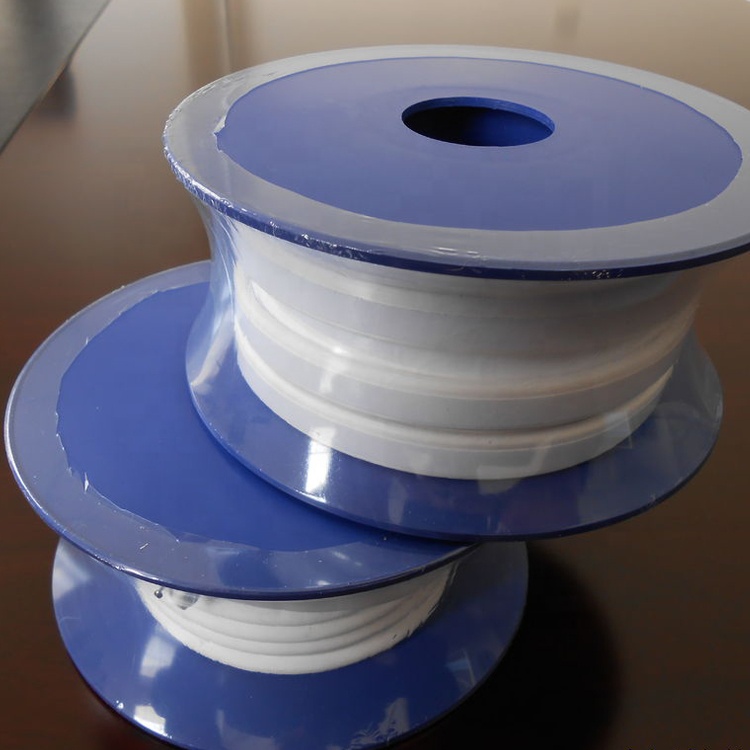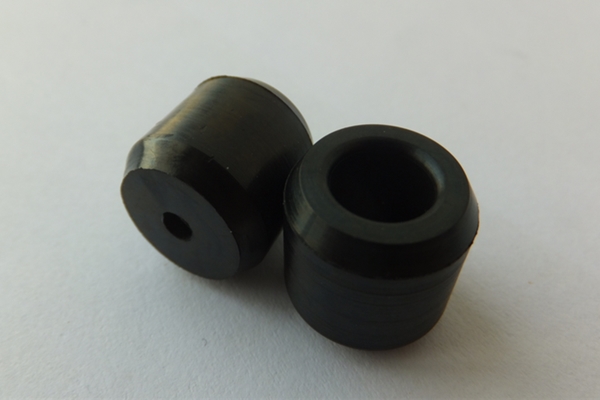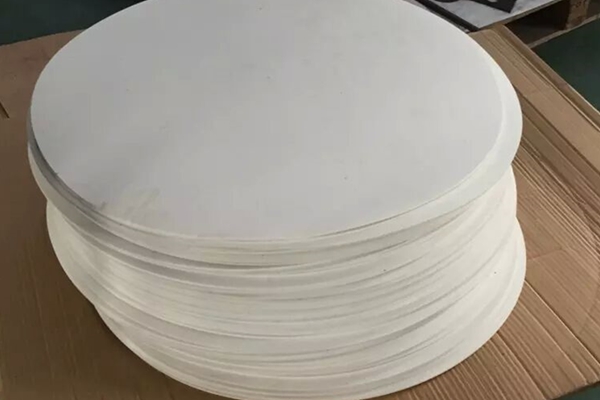Elastomers are used to make various sealants. Although there are different types of gaskets, rubber gaskets have specific characteristics and are designed for specific industrial applications. In this blog, we will introduce the various characteristics of rubber gaskets in detail.
First of all, there are various standard models of rubber gaskets, which are designed using materials to provide the required performance from the product. The different types of rubber gaskets available on the market include nitrile gaskets, EPDM gaskets, silicone gaskets, neoprene gaskets and so on.
Some of the main properties of rubber gaskets include:
1. Chemical resistance
You can use rubber gaskets in some chemical plants because these gaskets can be used ideally with acids and alkalis. As a sealant for conveying various liquids, rubber gaskets are widely used in drainage pipes.
If the quality of the sealant is not good enough, the seal may break and the pipeline will leak. Some rubber gaskets have poor or moderate resistance to petroleum fluids and should be selected only when their performance meets the given requirements.
2. Temperature
The rubber gasket can withstand low and high temperature environments. However, the temperature resistance of the gasket depends on the model and manufacture of the product. Engines and heating systems use rubber gaskets because rubber is a temperature-resistant material.
3. Pressure
When it comes to the pressure in the gasket, you must check the minimum and maximum pressures required for the application. In order to provide the best performance as a good sealant, the hardness of the rubber gasket varies with pressure requirements.
4. Food grade gasket
Silicone gaskets are a variation of rubber gaskets that can be used in food manufacturing plants. The rubber gaskets for machinery used in edible food production units are designed in accordance with international standards and have been certified and approved by major regulatory agencies such as USFDA. A well-known manufacturer of rubber gaskets will be able to give you the necessary certificates, emphasizing product quality and compliance with safety laws.
5. Atmosphere
The base material of the rubber gasket selected in engineering depends on the environment in which it is used. If a manufacturing unit that requires a sealant is in a sunny or cold area, the properties of the material may change. If the correct material is not used, the seal created by the gasket may not perform well. The gasket can also be customized according to the requirements of special purposes.
6. Strength
Certain gaskets, such as polyurethane, have high tensile strength and good physical properties. In addition, the wear resistance of the rubber variants ensures a longer product life, depending on the life cycle and usage of the rubber gasket.
Finally, choose a gasket model that is consistent with your sealant requirements instead of trying to make a low-quality one. Generally speaking, gaskets are inexpensive compared to damage prevented by working effectively as a safety component in industrial applications.
If needed, customize the gasket properties and you will have a component to ensure that the safety period is extended according to your use.





Great article!!! Thanks for sharing this informative information. In this article you have shared about the advantages of rubber gaskets.